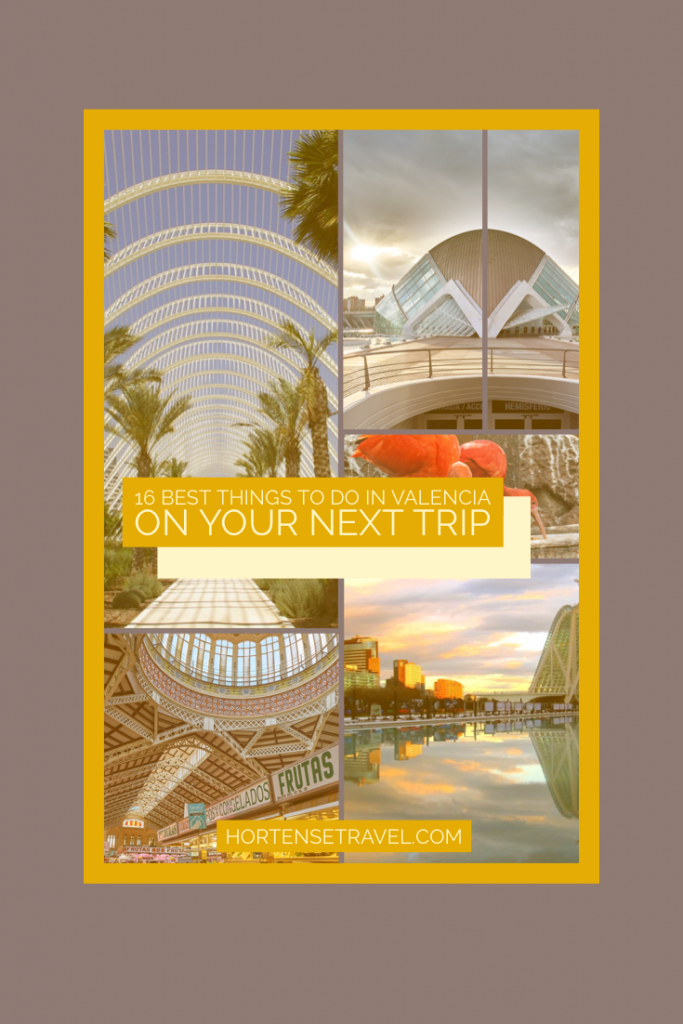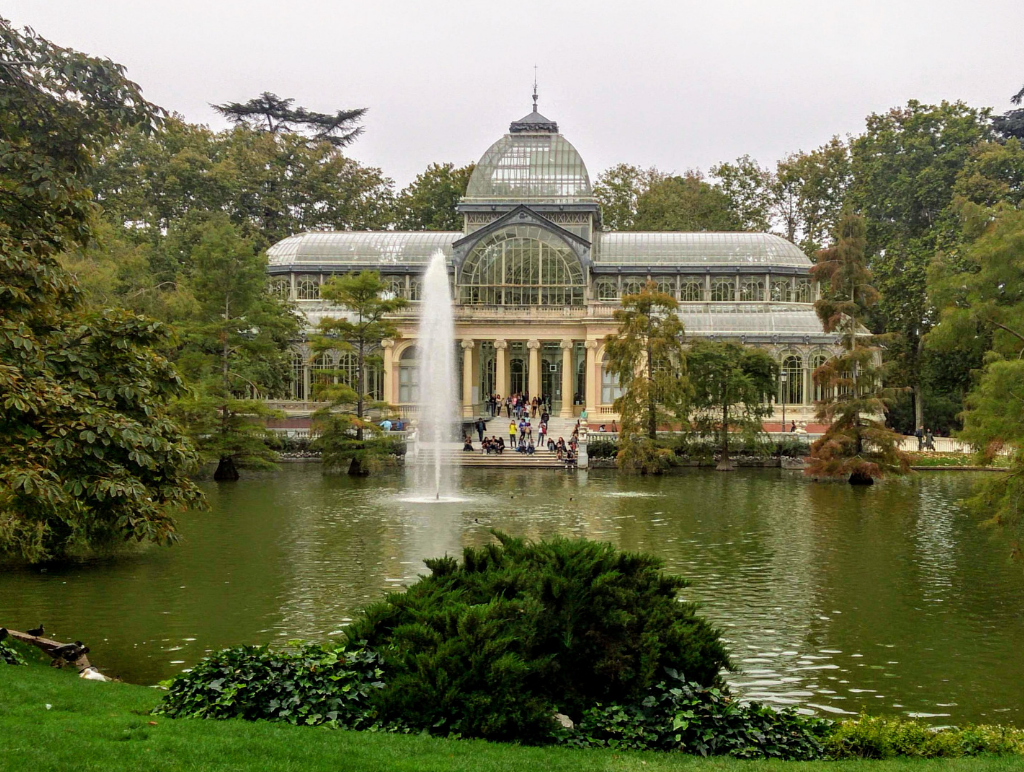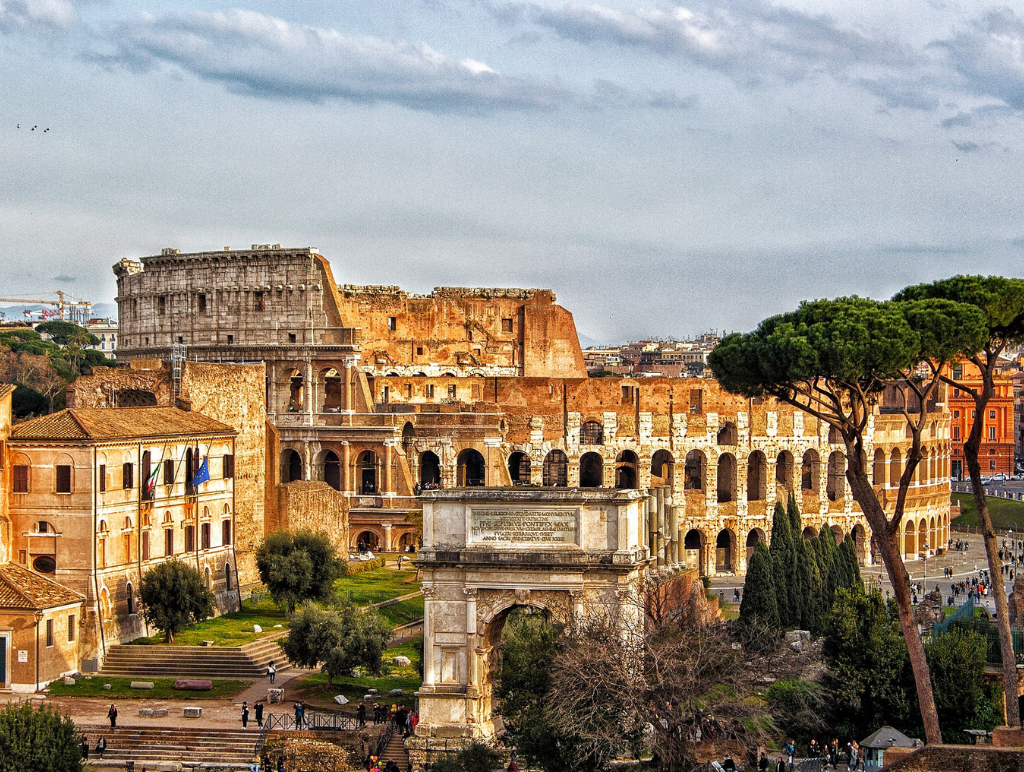
Valencia (officially València) is a Spanish city known to many in the four corners of the world. It has a long history, having been founded in 138 BC by Romans, later occupied by Arab Moors, and finally reconquered in 1238. It’s currently the third most populated city in Spain and is home to the busiest port in the Mediterranean Sea.
Many people board cruises that travel through Valencia while others prefer to stay and explore its interesting monuments and attractions. With so much to see, I hope to help you narrow your bucket list down to the crème de la crème.
Here are the Best Things to do in Valencia!
1. Marvel at the Most Beautiful Plazas in Valencia
One of the most famous Valencian squares is The Plaza de la Reina. However, there are others in Old Town for you to consider. Don’t get us wrong. The Plaza de la Reina is a great place to start, just don’t stop there.
The Plaza de la Reina used to be the center of the city and it’s still one of its most iconic areas. It holds the Valencia Cathedral, its bell tower, shops, cafes, restaurants and bars. From there, you may also easily reach many interesting attractions, including other squares, museums, and monuments.
Visit the one-of-a-kind Plaza Redonda as well. The circular square is surrounded by 4-floor buildings, which provide a unique experience for those standing in the middle of it.
Finally, make sure you don’t miss the Plaza Lope de Vega, where you’ll find one of the two narrowest buildings in Europe. La Estrecha’s façade measures only 107 cm! Besides this main attraction, Plaza Lope de Vega is an example of typical Valencia’s squares.
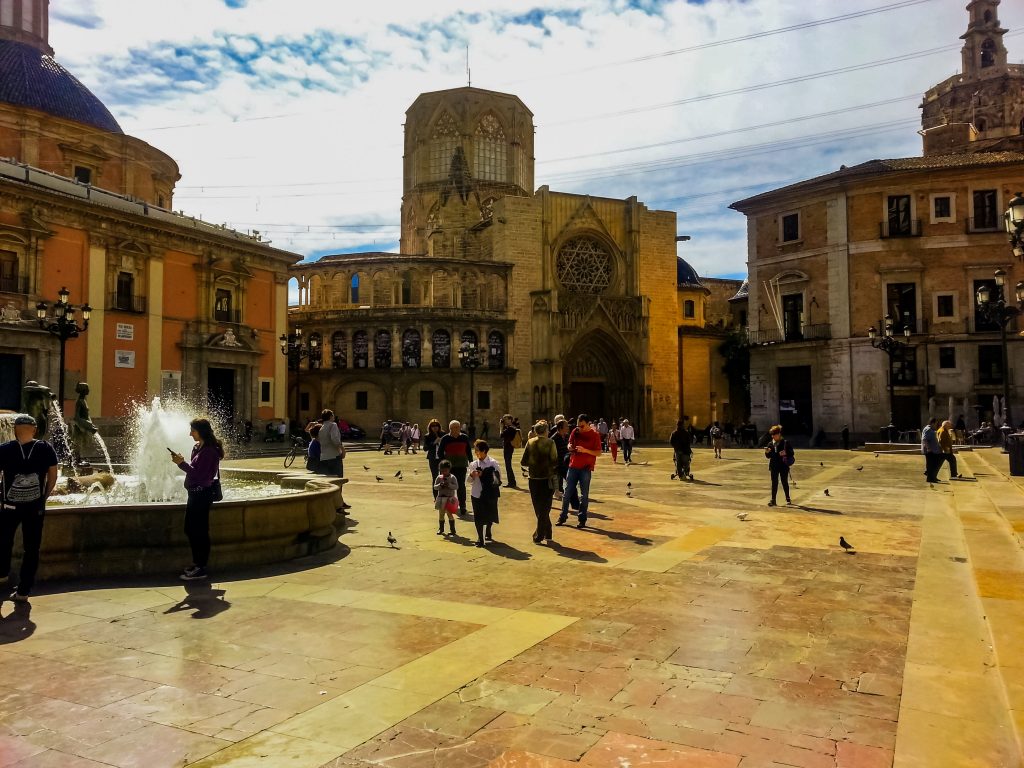
2. Discover the Holy Grail
You’ve probably heard of the whole Holy Grail controversy. In case you haven’t, we’ll break it down for you. According to Christianity, the Holy Grail (or Holy Chalice) was the vessel used by Jesus during the Last Supper. Several locations around the world defend they hold the Holy Grail and there’s still doubt about which is the authentic chalice. One of those is the Cathedral de Valencia (in English, Valencia Cathedral). Every Thursday you may attend the celebration that takes place at this religious location dedicated to this relic.
Even if seeing the Holy Grail is the main reason you’re visiting the Cathedral, you won’t regret spending time appreciating everything else it has to offer. It started to be built during the 13th-century and presents a Gothic style. In addition to its architectural features, make sure you appreciate the beautiful paintings held there (including those from Goya, an influential Spanish painter) and visit the bell tower El Micalet/Miguelete. Climb the tower’s many steps for an outstanding view over the city!
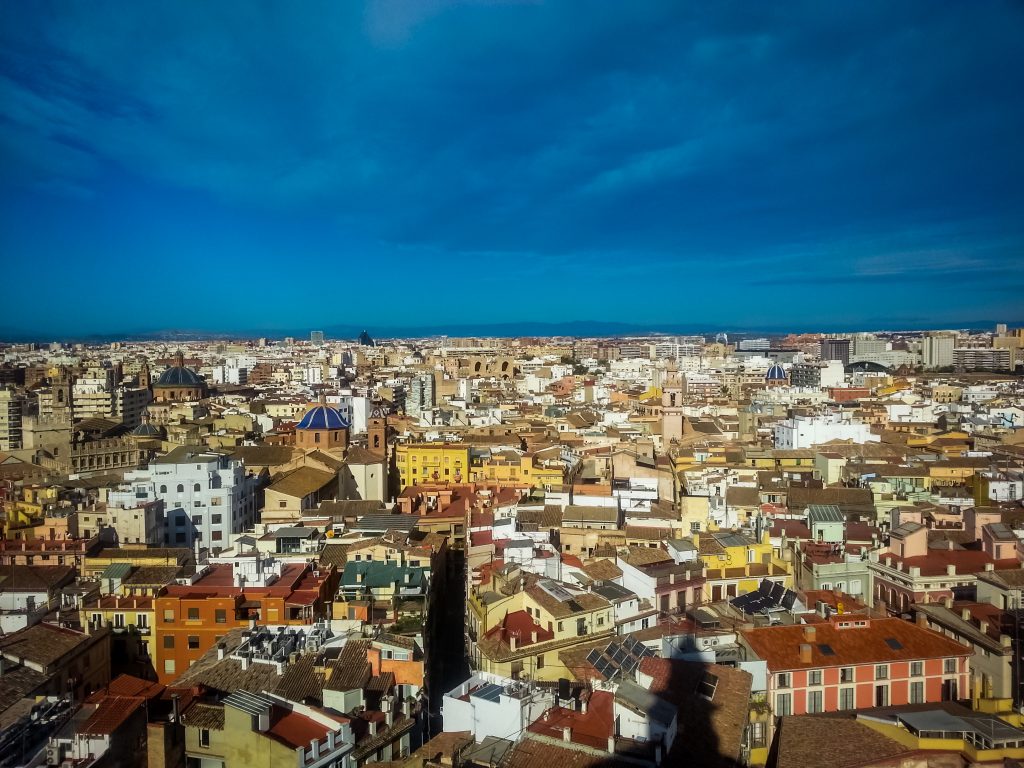
3. Attend a Water Court Session
Even though you may think Valencia has plenty of water due to its location by the Mediterranean Sea, that isn’t entirely the case. Indeed, farmers even had to constitute this Water Court to discuss how to divide the water resources between them. The Tribunal de las Aguas de la Vega de Valencia still takes place every Thursday on the right side of the Door of the Apostles of the Valencia Cathedral and you’re welcome to attend. It’s said to be the oldest justice institution in Europe and it’s considered intangible cultural heritage by the UNESCO!
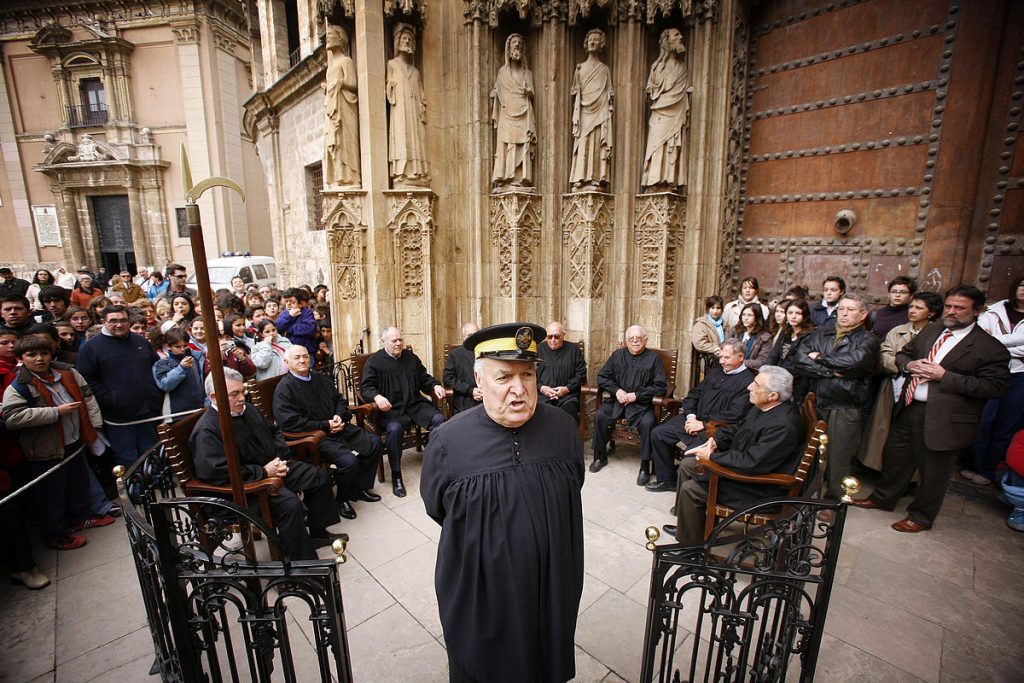
4. Visit the Silk Exchange
Spain was a powerful country and Valencia one of its most important mercantile cities in the Mediterranean during the 15th and the 16th centuries. Silk was one of the many products traded there and the reason the La Lonja de la Seda (also known as La Llotja de Mercaders and as Silk Exchange) was built.
The Silk Exchange is an example of the late Gothic style and a UNESCO world heritage center. It’s divided into three main areas. The most well known is the Sala de Contratacion (in English, Contract or Trading Hall). This is the large main hall decorated with twisted columns where merchants used to discuss and close contracts. To its side you’ll find the pavilion where the first Spanish marine merchant tribunal used to gather. Upstairs, appreciate the architectural elements and furnishings and make sure to visit the central tower where those in debt were imprisoned. Visit the walled Orange Garden and check out the unique gargoyles on its exterior!
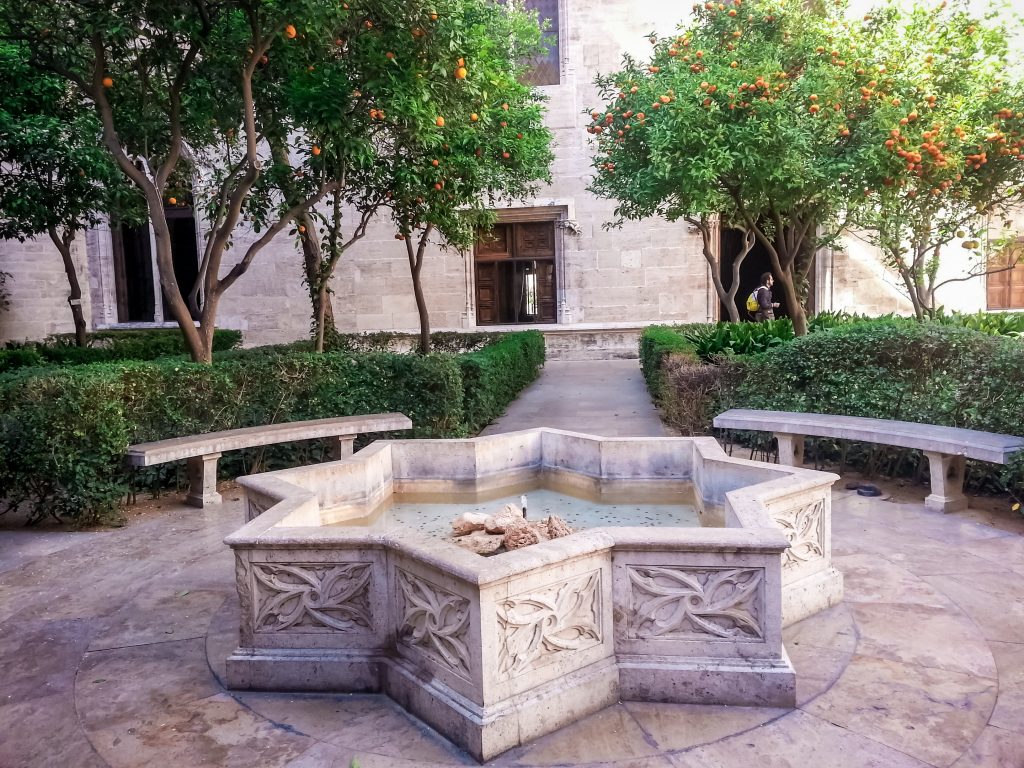
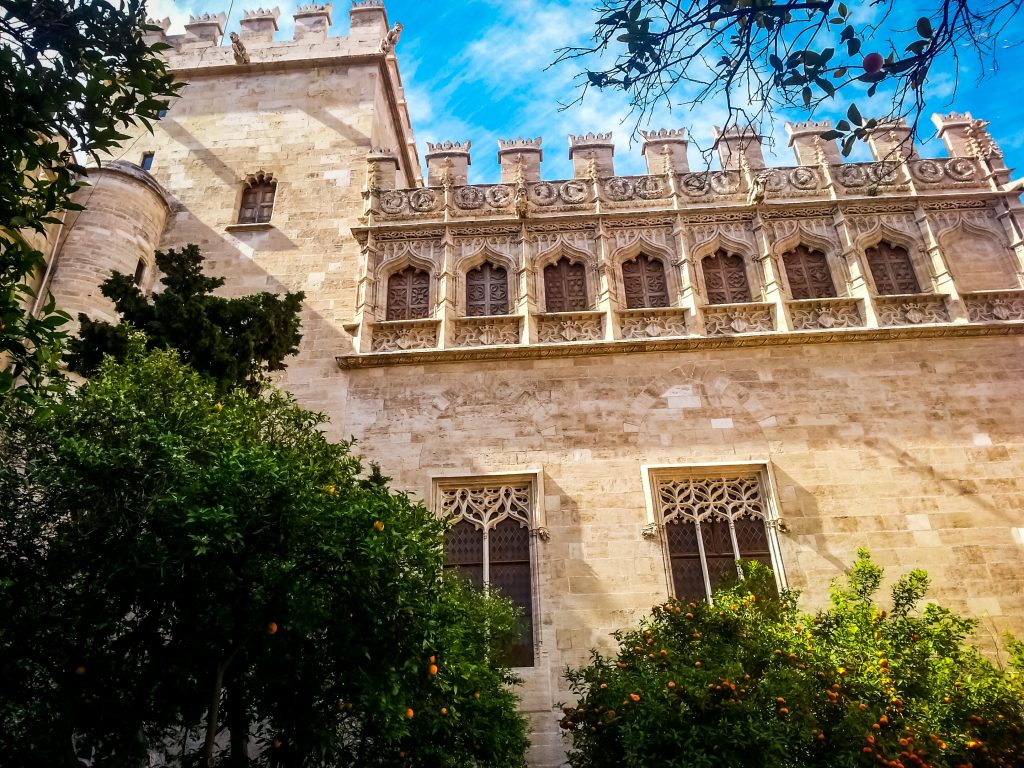
5. Taste Spanish Delicacies at the Central Market
Just opposite the Silk Exchange, stop for a meal at the Mercado Central (also known as Mercat Central and as Central Market). This holy ground of food lovers in Valencia allows you to buy the best produce for a fraction of what you’d pay in northern European countries. Look out for local fruits, vegetables, meat, smoked sausages, varied cheeses, seafood, fish, wines, and much more. For your quick meal, opt for one of the bars serving traditional Spanish tapas.
The market was built between 1914 and 1928 and showcases the best of the time’s Valencian architecture. So, in addition to the flavours and aromas inside, pay attention to the building itself.
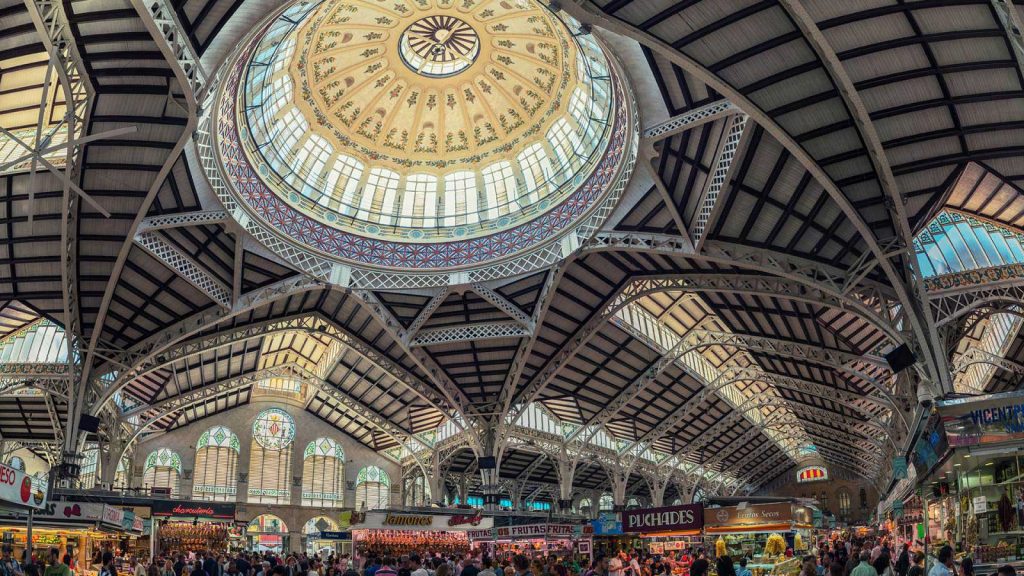
6. Join the Nighttime Party at El Carmen
There are many names given to the oldest part of Valencia. You’ll hear people calling it Ciutat Vella, Casco Antiguo, and Old Town. Any of those means the area of the Spanish city that dates back to the medieval times. Visiting the Old Town is an affordable activity for those who enjoy exploring urban areas. You’ll probably want to spend a whole day between the Old Town’s different areas. There’s plenty to see.
El Carmen is one of the neighborhoods you’ll definitely hear about when researching the best things to do in Valencia. See the late-medieval defences (the Torres de Quart and the Torres de Serranos), admire the street art (at the Plaza del Tossal), hang out with the neighbourhood cats at the Casa de Los Gatos, visit the L’Iber historic miniature museum, and enjoy a night at the Calle de Cabelleros’ bars and restaurants.
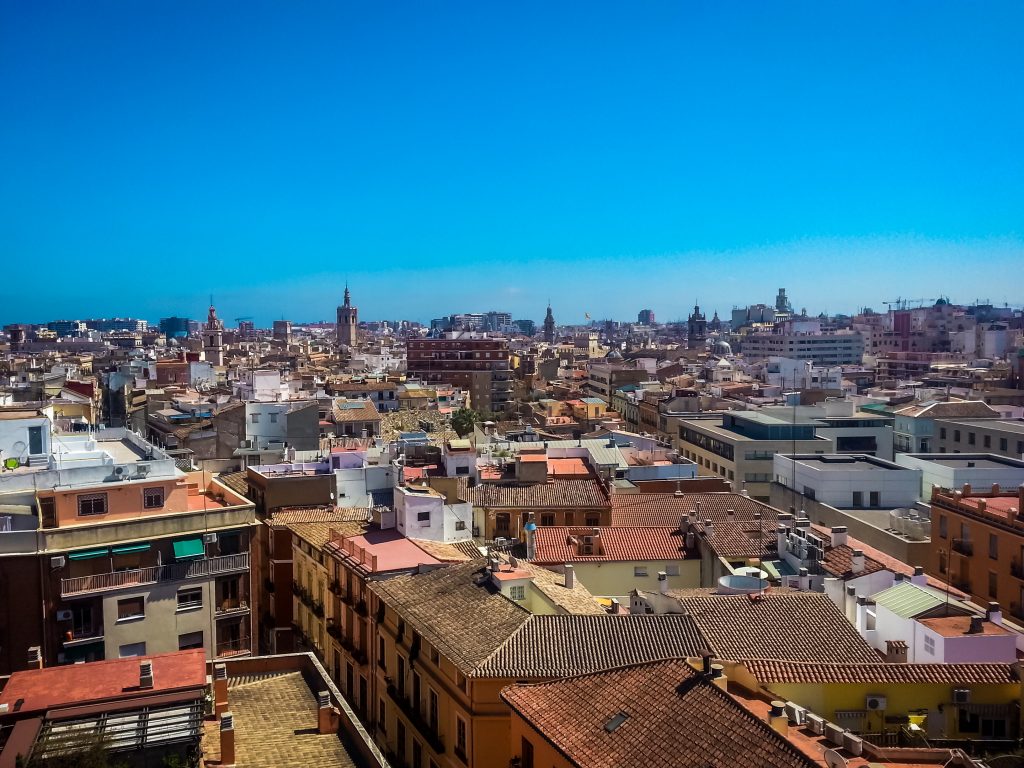
7. Take a peek into Valencia’s Past
There are three main museums for those who seek to lift the curtains on Valencia’s history: the Almoina Archaeological Centre, the Museu de Prehistòria de València, and the Museo de la Ciudad. Each of these will offer you a unique perspective, creating a somewhat complete picture of the city’s past.
If you’re into archaeology, don’t miss the Almoina Archaeological Centre at the Plaza Decimo Junio Brutus. Most of the artefacts are from the Roman era. They include parts of the ancient city walls, pavements, a Roman bath and more. The photographs and drawings add to your walk through the past. Admission is free on Sundays and holidays!
The Museu de Prehistòria de València takes you further back in history, all the way to the Palaeolithic. There are areas of the museum dedicated to the Palaeolithic, the Neolithic, the Bronze Age, the Roman Era, and more. By the end of your visit, you’ll have a clear idea of what Valencia has been like since its very beginnings.
Last but not least, visit the Museo de la Ciudad. The objects showcased in this museum diverge a lot from those you’ll see in the other two mentioned. You’ll see paintings, sculptures, medals, coins, and more from between the 15th and the 20th century. There are also educational events with artists taking place regularly!
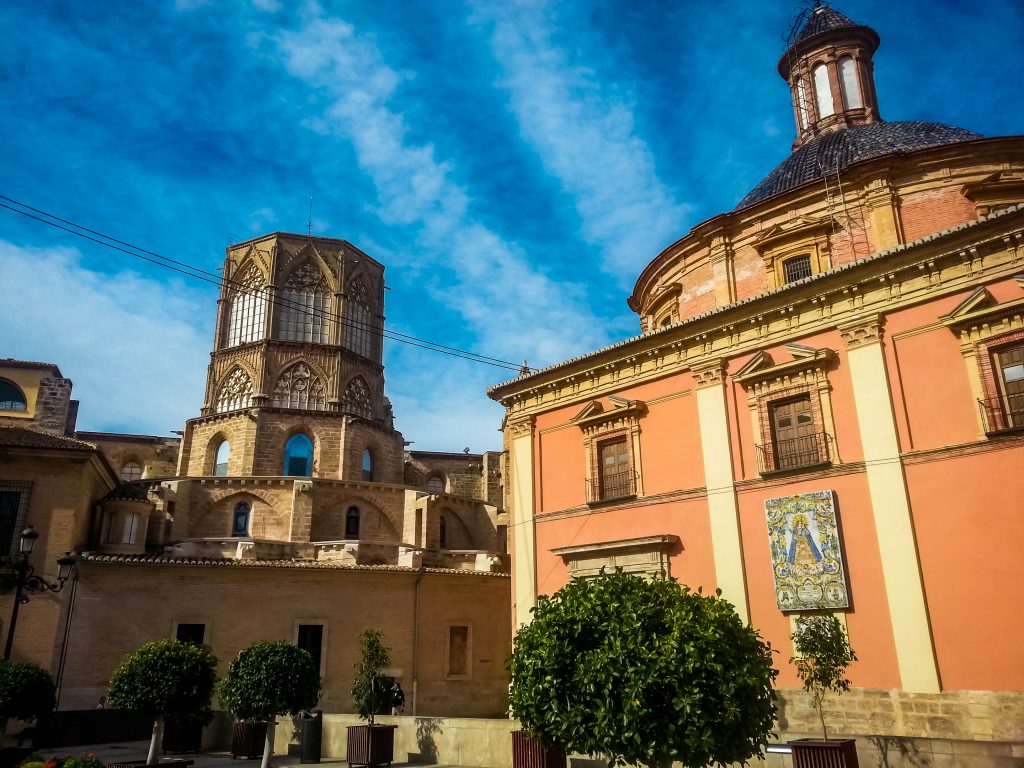
8. Spend a Day at the City of the Arts and Sciences
There are many reasons that attract visitors to the La Ciutat de les Arts i les Ciències (in English, City of the Arts and Sciences). If you’re into modern architecture, there’s no better place in Valencia for you to spend your time. Enjoy what its three main buildings have to offer.
At the Hemisfèric, you may enjoy a show in either its dome-like cinema (IMAX, digital 3D or digital imagery). Explore the sky as the dome is filled with live images from a planetarium!
You may also opt for visiting the Museu de les Ciències and learn about the human genome, the space around us and more. Kids will love to try the practical experiments available.
At last, make sure you visit the Oceanogràfic, the largest aquarium in Europe. See whales, sharks, dolphins, seals, jellyfish, and even penguins! It’s also a great option if you’re looking for a unique place to eat.
If you want to take your time admiring each of these components, consider spending at least one day at the City of the Arts and Sciences. This is one of the best things to do in Valencia and one that takes time to explore!
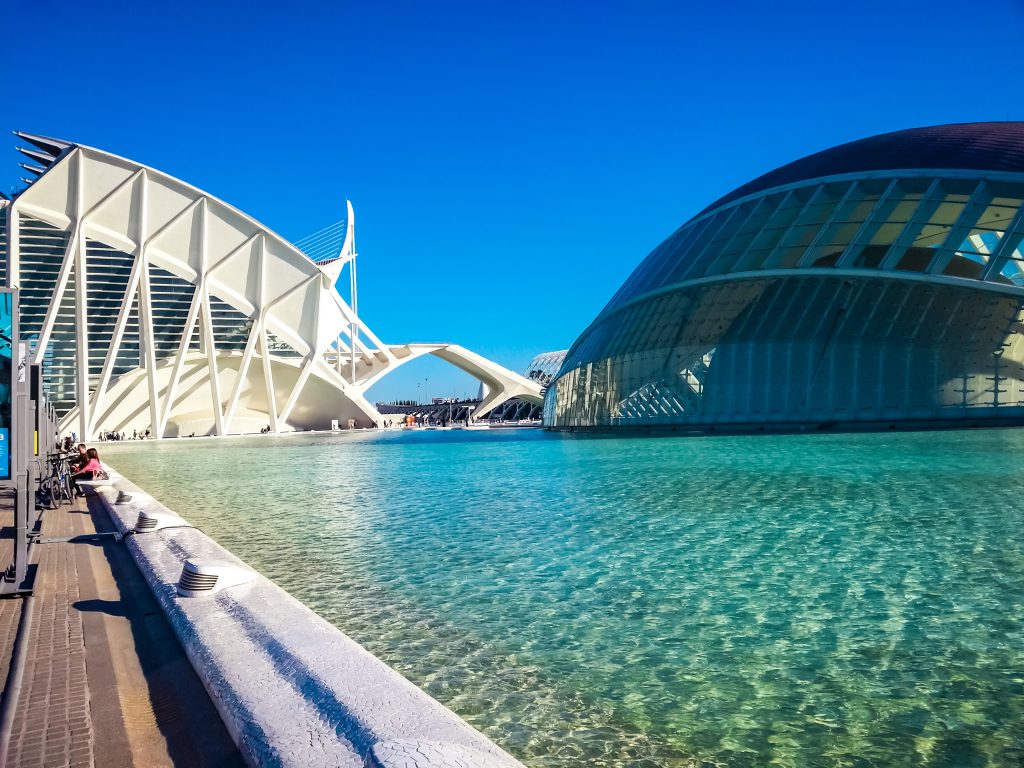
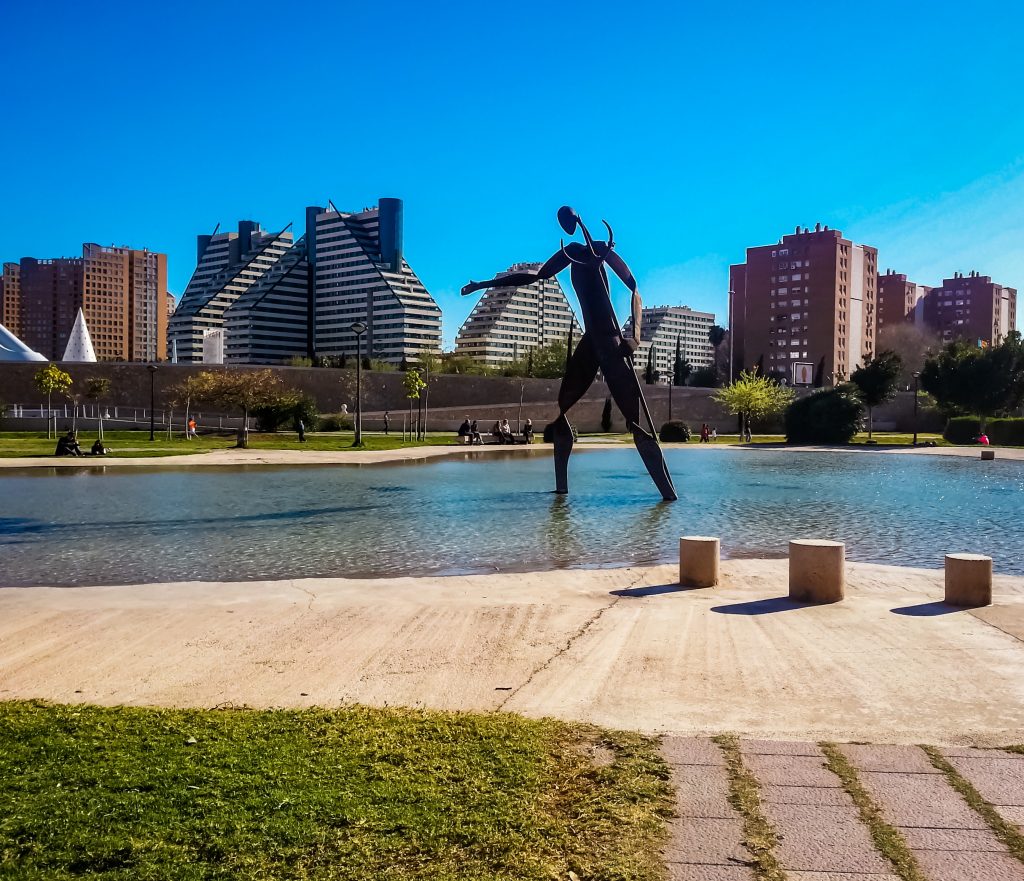
9. Go for a Walk at the Gardens of Turia
If there’s a place you can’t miss in Valencia, this is it. The Jardines de Turia (in English, Gardens of Turia or Turia River Bed Gardens) are a must see.
Many groups of people built their settlements around rivers and that was also the case with Valencia. The Turia river served as the main artery of this Spanish city. However, the floods were always a problem. The 1957 flood was the final straw that led to the decision of diverting the river. The remaining riverbed was reborn as a garden and is now one of Valencia’s major green spaces. We recommend a stroll combined with a visit to the nearby City of the Arts and Sciences.
Families are certain to enjoy themselves at the Parque Gulliver located at the Gardens of Turia. It’s a playground like no other inspired by the book Gulliver’s Travels. The gigantic structure was created in the image of the main character and includes many staircases and slides for visitors to play in. A unique place to visit in Valencia!
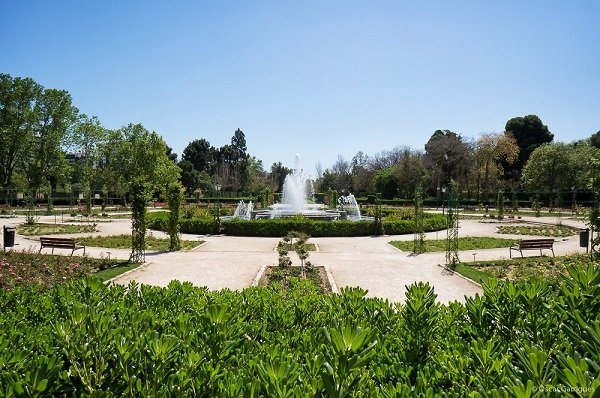
10. Enjoy Other Beautiful Gardens in Valencia
The Jardines del Real (also known as Jardín de Viveros) are located right by the Gardens of Turia and near the Museum of Fine Arts. This public park occupies the area where the Palacio del Real stood before its demolition in 1810. In addition to visiting these beautiful gardens, make sure to visit the Museum of Natural Science located there!
Close to the Jardines del Real, you may extend your nature walk to the Monforte Gardens. These date back to the late 19th-century and include a patio of fountains, statues, a rose garden and a gallery.
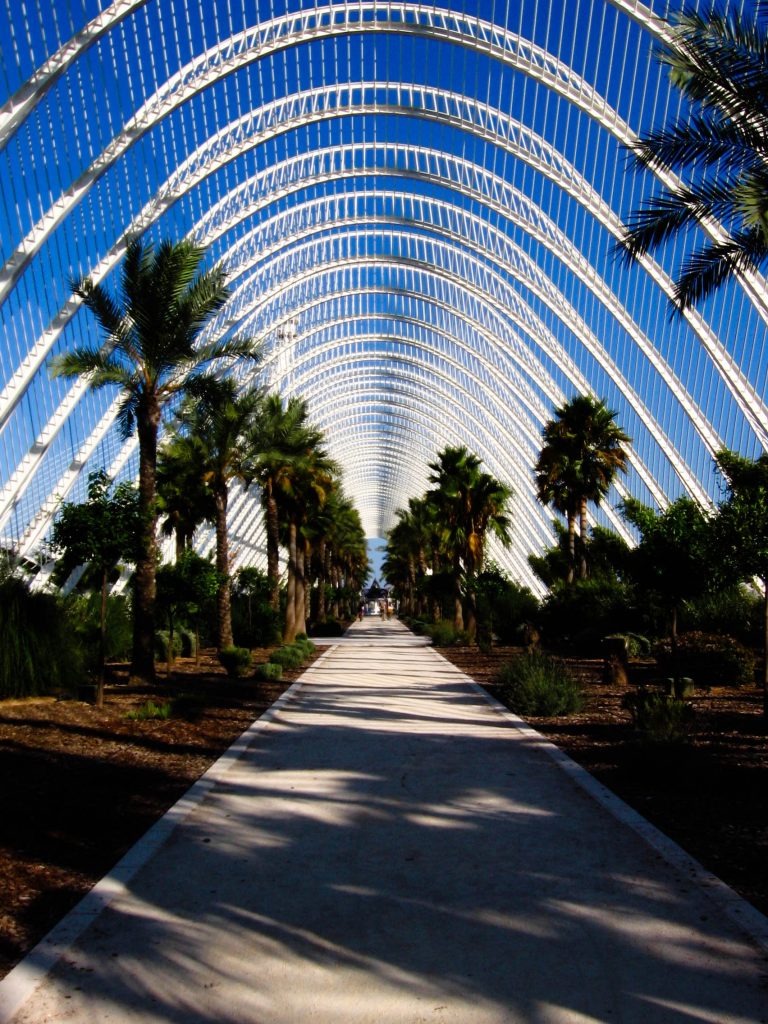
11. Meet the Animals at the Bioparc
With an impressive area of 100.000 m2, the Bioparc Valencia provides a sneak peak into other continents’ fauna and flora. It’s a unique opportunity for you to experience faraway sceneries without leaving Europe. Kids will love this one!
The habitats included are the African savanna, the Equatorial forest, the African wetland, and the Madagascar island. You’ll meet lemurs, chimpanzees, gorillas, buffalos, elephants, leopards, zebras, rhinos, crocodiles, and even pythons.
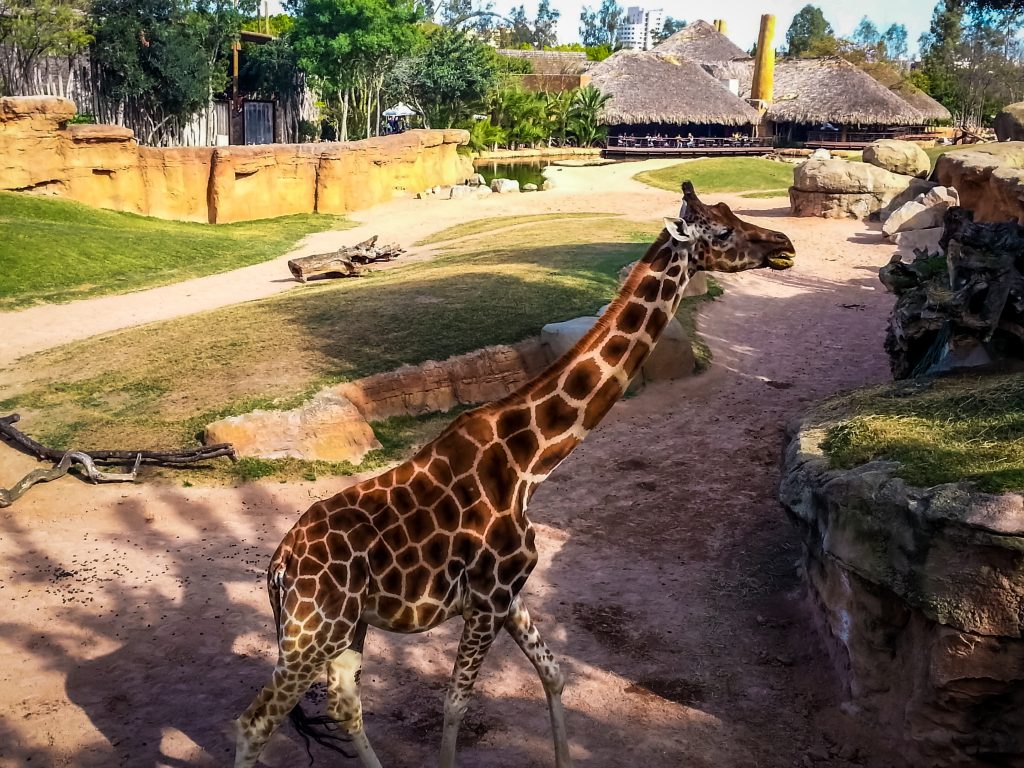
12. Hire a Bike to Sightsee in Valencia
There’s more than one way to get around Valencia. It’s fairly easy to walk in Valencia. However, there may be times when it’s easier to cycle between points of interest and you can cover more ground that way. The Valenbisi bike sharing network is one of your options. Pick your bike up at one point and return it in other. It’s simple, easy and fun!
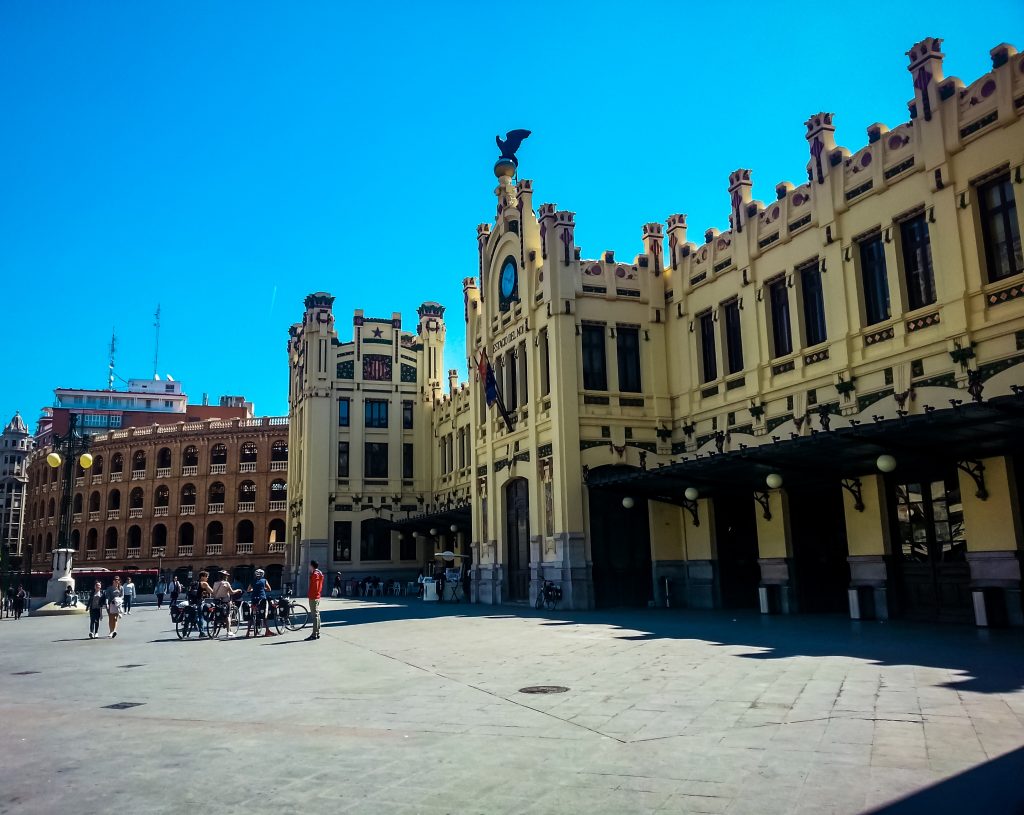
13. Relax on of one the Mediterranean Beaches
Let’s talk beaches. You’re close to the Mediterranean Sea and you want to get your ankles wet in its warm clear water. You may choose between the most famous beaches which you can easily walk to from the city, and the unspoilt beaches which seem to have been left off the masses’ radar.
Two of the most popular among tourists are the urban Playa de la Malvarrosa (in English, Malvarrosa Beach) and the vast Playa de Las Arenas (in English, Las Arenas Beach).
Only half an hour from the city centre, you’ll reach the Playa de El Saler (In English, El Saler Beach). This beach is located south of the Valencia’s port and, with an extensive sandy area, provides plenty of space that, for the most part, prevents crowds. There’s also a golf course nearby.
Other beaches that are less known but that you may choose from are the beaches at the Albufera Natural Park and the Playas de Sagunto.
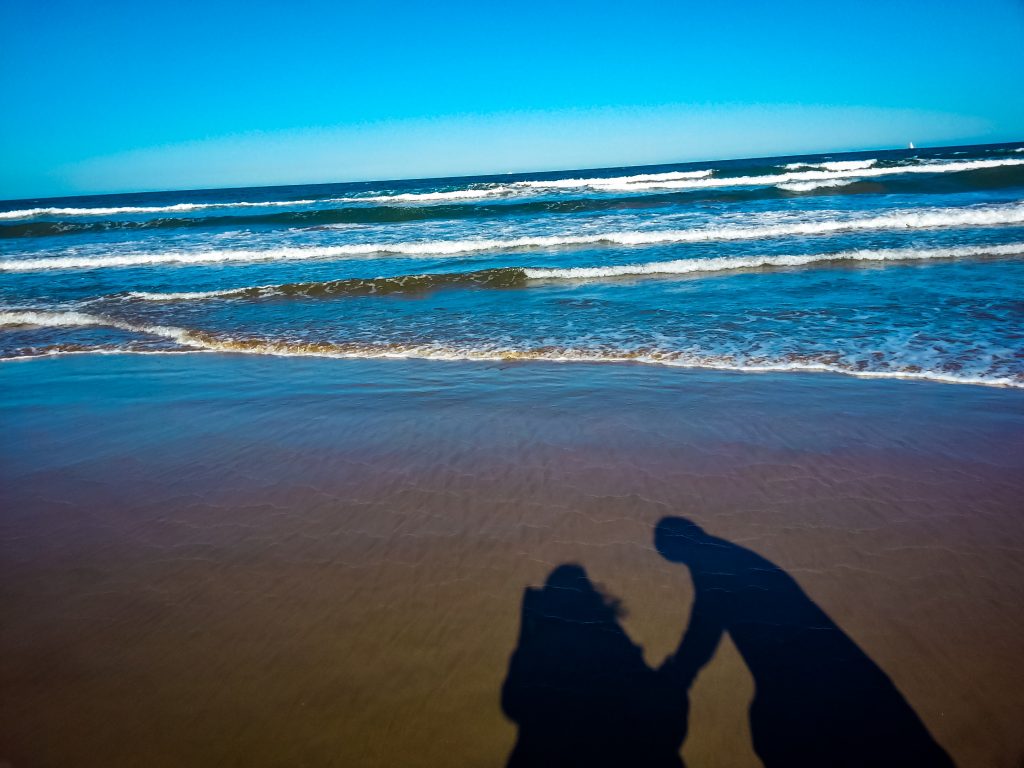
14. Eat the Traditional Paella Valenciana
Any foodie worthy of that title has heard of paella! This traditional Spanish recipe originated in Valencia. The original paella valenciana is seasoned with saffron and rosemary and includes round grain rice, green beans, meat and even snails. If that doesn’t sound appetizing to you, there are numerous options for you to try, including vegetable, seafood, and mixed paellas.
Since Valencia is the birthplace of paella, you’ll find this dish being sold pretty much anywhere in the city! Nevertheless, we’ll provide you with a few tips. Two areas that are often regarded as some of the best to eat authentic paellas are the Playa de la Malvarrosa and El Palmar (located in the Albufera Natural Park).
You may also attend a cooking class on the topic and improve your cooking skills while learning more about Spanish cuisine.
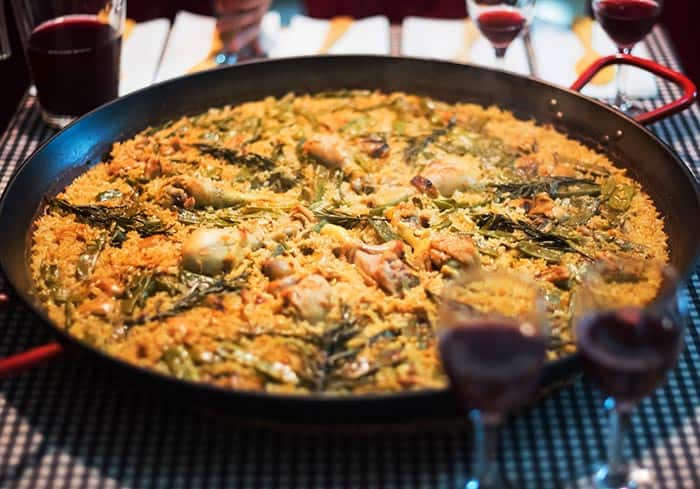
Source: Comedera.Com
15. Party during Las Fallas
There are many fun celebrations taking place in Valencia throughout the year. The major ones are Las Fallas, considered intangible cultural heritage by UNESCO. These start on the first day of March and lead up to St. Joseph’s Day on the 19th, marking the beginning of Spring. One of the most important happenings during this time is the La Mascletà firework display that takes place each day in the Plaza del Ayuntamiento. It gets loud! The ninots are another highlight of the Las Fallas. These are tall constructions which are usually caricatures of different public figures and popular culture icons.
Other fun festivities you may want to join are the processions during Easter Week, the Feria de Julio (a massive fair in July), and the La Tomatina (a street food fight in August).

Source: ABC.es
16. Learn about Bullfighting at the Plaza de Toros de Las Ventas
If you’re completely against bullfighting, you may prefer to skip this one. However, regardless of our personal opinion on the topic, the Plaza Monumental de Toros de Las Ventas is a representation of Spanish culture and you may visit the venue without attending a bullfight. It also includes a Bullfighting Museum for those who want to learn more about this Spanish tradition.
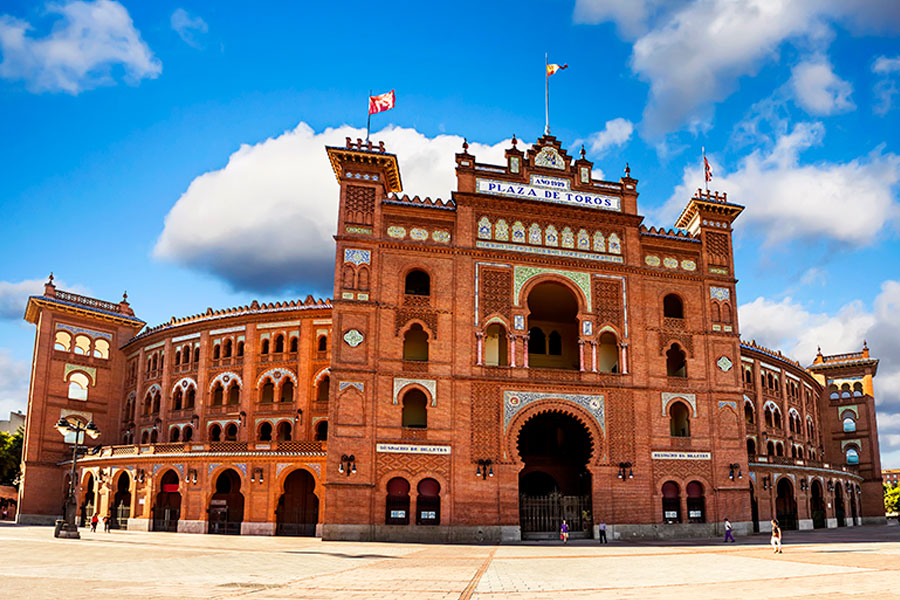
Source: Las ventas
There are more things to do in Valencia. The city is vast and dense with fun and interesting attractions. These are only a few examples of the best things to do in Valencia that showcase the city’s history and beauty. Valencia is suitable for both those looking for a relaxing trip, those who want to party all night, and those who strive to learn more about Spain’s roots. It’s the place for romantic getaways, family gatherings, and weekends with friends!
Are you planning a trip to Valencia? You don’t have to do it by yourself. Get in touch with me and we’ll help create the plan that works best for you!
